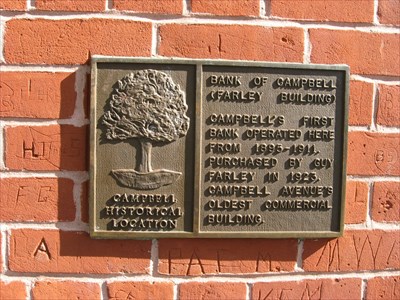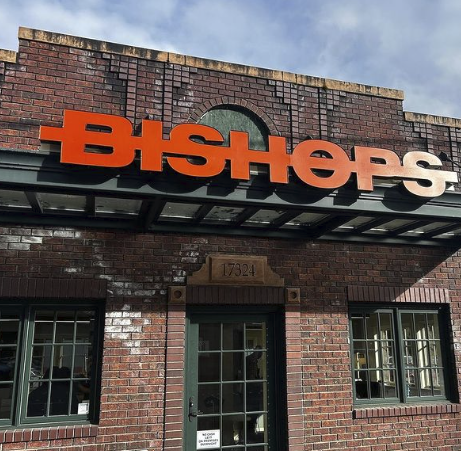Embark on a historical journey to a time when Benjamin Campbell, the progenitor of Campbell’s, etched his legacy in the West. The year was 1846 when Benjamin, along with his family, embarked on their westward journey, guided by his father’s formidable surveying abilities. His father played an instrumental role in mapping the cities of San Jose and Santa Clara and setting up a sawmill in the vicinity of Saratoga.
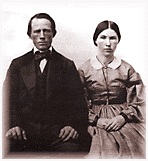
The story of Benjamin Campbell’s purchase in 1851 has become one of the legendary tales of the American West. One hundred and sixty acres might not seem like much, but it was the start of something spectacular. Within years, the area was filled with hay and grain, and it was clear that Campbell had a green thumb. The land flourished under his care, and before long, people from all over the country came to see this little patch of paradise. It wasn’t long before the town of Campbell was born, and with it, an unstoppable force of pride and positivity. Today, the downtown core of Campbell stands as a testament to the pioneering spirit and the power to make something out of nothing. It’s a place where anyone can come and feel proud to be part of this great American story—a story that all started with one man’s bold purchase.
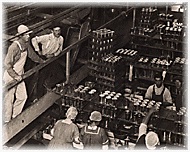
Fast forward to 1878, when Benjamin made history once again. He sold an acre of his land for $5 to the railroad, kickstarting the development of the area. By 1887, the first subdivision was recorded, creating a vibrant westward expansion from Campbell Avenue to the location of the current Water Tower Plaza. This area soon became a hub for fruit shipping and the heart of Campbell’s growth. Canneries and drying grounds paved the way for Campbell to become an essential rail center.
Notable canneries, such as the J.C. Ainsley Packing Company, Hyde Cannery, and Payne Cannery, played a crucial role in preserving and shipping high-quality fruits. Ainsley Park stands proudly as a tribute to Ainsley and his cannery, with two majestic black walnut trees planted by the Swope family, descendants of Benjamin Campbell.
A thriving community like Campbell needed a bank, and in 1895, the Bank of Campbell was established, marking a pivotal moment in the city’s history. Today, it stands tall as the Farley Building, Campbell’s oldest commercial building, reminding us of the city’s prosperous past.
The legacy of Campbell extends beyond its commercial success. In 1903, President Theodore Roosevelt graced the town with his presence, planting a redwood tree at Campbell Union High School. Although the high school has since closed its doors, it has transformed into a vibrant community center, uniting various clubs and organizations.
A sense of community has always been Campbell’s driving force, from the influence of churches to the establishment of the Board of Trade. Today, the Board of Trade is known as the Campbell Chamber of Commerce, continuing to lead and support the city’s growth and prosperity.
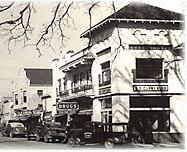
Finally, in 1952, Campbell achieved official incorporation as a city. From its humble beginnings as a small farming community, it has blossomed into a progressive hub with a population exceeding 38,000.
Join in the celebration of the rich history of Campbell, a city that has evolved from its humble pioneer origins into a community filled with pride and vibrancy.
